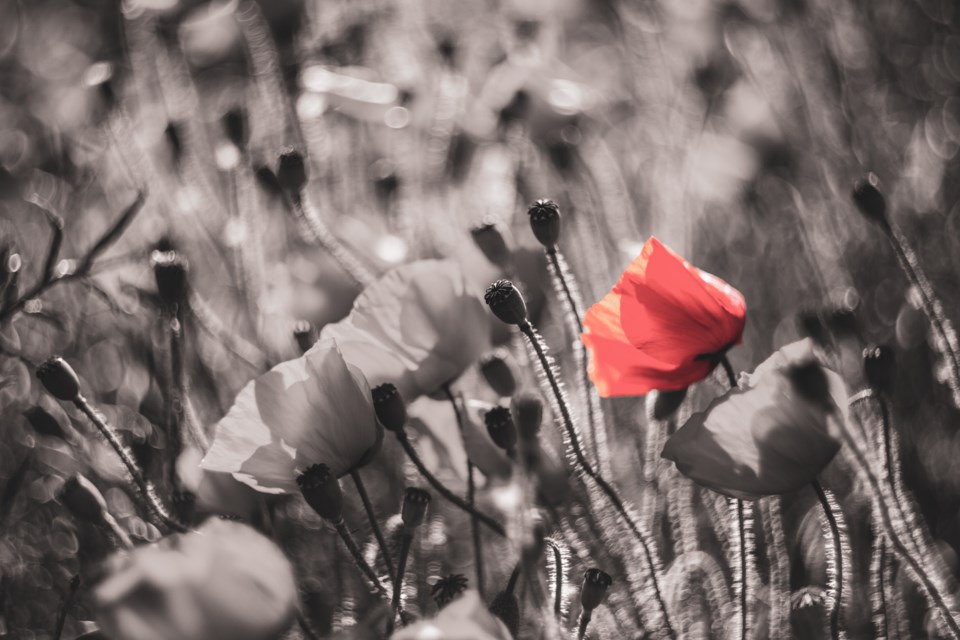The remains of a Vancouver soldier who died in a major First World War battle have been identified and will be buried in France.
On Jan. 16, the Department of National Defence and the Canadian Armed Forces (CAF) said remains recovered in Vendin-le-Vieil, France, are those of Cpl. Percy Howarth, a Canadian soldier of the First World War.
Howarth’s identity was confirmed through historical, genealogical, anthropological, archaeological and DNA analysis.
"Time and distance do not diminish the courage Corporal Howarth brought to the battlefield in service to Canada,” Minister of National Defence Anita Anand said. “His family should trust that I and all Canadians will remember the ultimate sacrifice he made. Lest we forget.”
Howarth, born Aug. 16, 1894, lived in Vancouver but had immigrated in 1912 from Darwen, Lancashire, England. He was one of eight children of Richard and Margaret Howarth (née Dearden).
He worked as a sailor in B.C. before enlisting with the 121st Overseas Battalion of the Canadian Expeditionary (CEF) Force at age 21.
After training in England, he was sent to France and was promoted to the rank of lance corporal and then corporal.
Howarth fought with the 7th Canadian Infantry Battalion, CEF, in the Battle of Hill 70 near Lens, France, starting Aug. 15, 1917.
His battalion was on the left flank of the 2nd Canadian Infantry Brigade and took part in the second wave of the attack between the Blue and the Red Line objectives, Department of Defence records show.
The fight for the Red Line was difficult as the Germans held strong in their position and heavy casualties were reported.
The battalion then pressed towards the Green Line objective but had to withdraw to the area of the Red Line since their left flank was exposed.
On Aug. 15, the 10th Canadian Infantry Battalion, CEF was brought forward to help the 7th Battalion hold the line against German counterattacks. The next day, a second attack led by the 10th Battalion with support by the 7th Battalion, captured the Green Line. From Aug. 15-18, the 7th Battalion suffered 118 casualties with no known graves in connection with the assault on Hill 70.
That battle exacted a heavy toll over 10 days, with more than 10,000 Canadians killed, wounded or missing, including over 1,300 with no known grave. More than 140 men of the 7th Canadian Infantry Battalion were killed, 118 of whom were missing with no known grave.
Howarth was reported missing, then was later presumed to have died on that day. He was 23.
“Now, more than 100 years later we remember Corporal Howarth’s selfless courage and sacrifice in the name of duty and that of all his comrades,” said Lawrence MacAulay, Minister of Veterans Affairs and Associate Minister of National Defence, in a statement.
After the war, Howarth’s name was engraved on the Canadian National Vimy Memorial, which commemorates Canadian soldiers who died during the First World War but had no known grave.
However, on June 9, 2011, skeletal human remains were discovered during a munitions clearing process for a construction site in Vendin-le-Vieil, France. Alongside the remains were a few artifacts, including a digging tool, a whistle and a pocket watch. The Casualty Identification Review Board confirmed the remains as those of Howarth in October 2021.
Howarth’s family has been notified and the CAF is providing them with ongoing support.
He'll be buried at the earliest opportunity in the Commonwealth War Graves Commission’s Loos British Cemetery in Loos-en-Gohelle, France.


